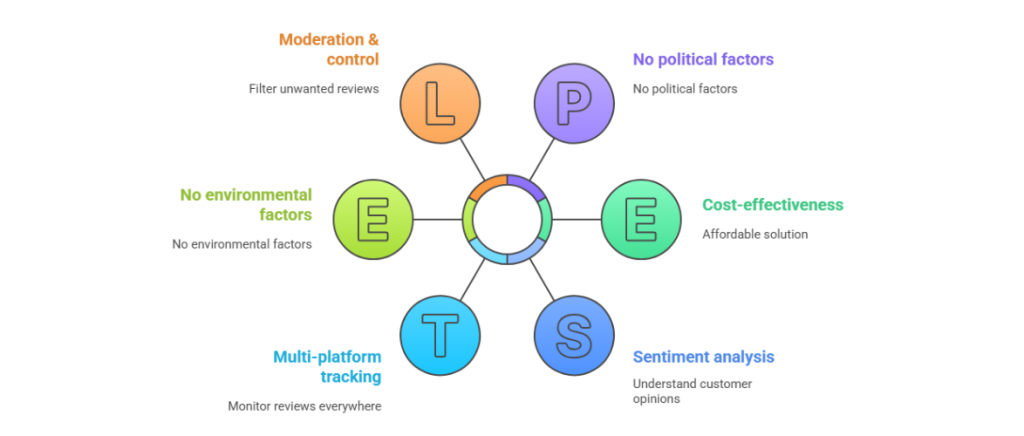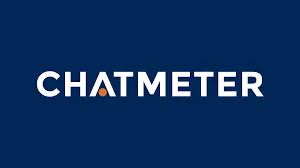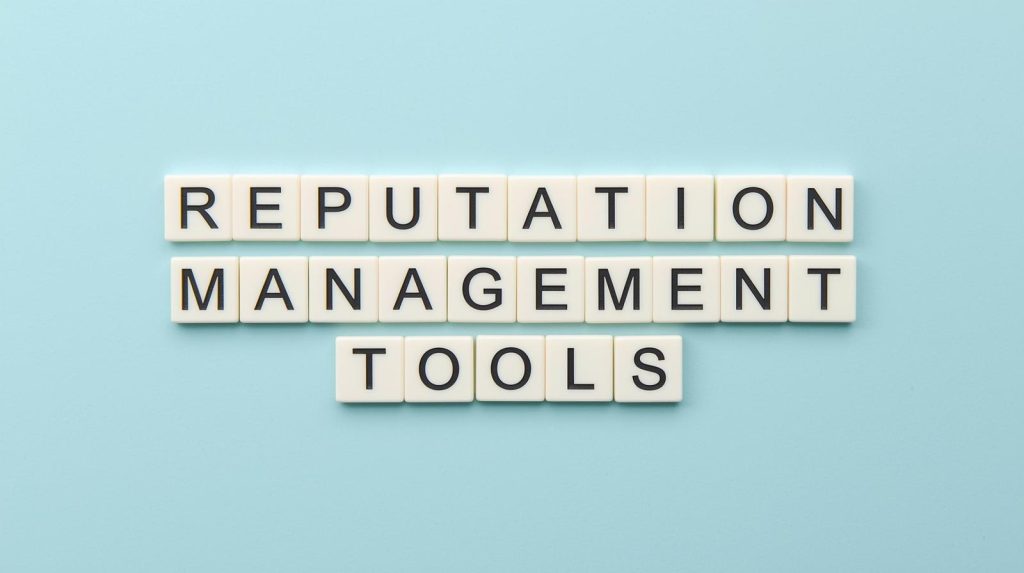In the fast-moving online world, your brand’s reputation is everything. One negative review or a messy search result can change how customers see you. That’s why smart brands are turning to reputation management software — packages that help you monitor what’s being said about you, collect feedback, and build trust.
Whether you’re looking to boost Google reviews, show Google reviews on your website, or simply keep a clean slate online, the right software can make a big difference. Below we’ll cover what reputation management software really does, key things to look for, and highlight some of the best options — including how Tagembed quietly stands out among them.
What is Reputation Management Software?
Reputation management software is a set of tools built to help businesses handle their online presence. Think of it as a control-center for what people say, review, and post about you across the web. It typically lets you:
- Track reviews and mentions across different platforms
- Respond to feedback and engage with customers
- Analyse sentiment (positive, negative, neutral)
- Display positive social proof (like a google review widget) on your website
- Improve your visibility and public perception
Rather than leave your reputation to chance, these tools give you active control—letting you turn feedback into an asset, not a liability.
Why It Matters?
Here’s why every brand, whether big or small, should care about their online reputation:
- A positive reputation builds trust, and trust drives sales.
- Reviews and feedback show up on search engines and social media, influencing how you’re seen.
- Tools that let you embed and display feedback (for example, a plugin or widget) help you convert website visitors into customers.
- If you don’t monitor things, negative reviews or mentions can snowball into bigger problems.
- By using proper tools you can boost Google reviews, turning satisfied customers into visible advocates.
Key Features to Look For

When you’re choosing reputation management software, make sure it checks the following boxes:
- Multi‐platform review tracking: Can you monitor reviews on Google, Facebook, Yelp, etc?
- Customizable display: Can you embed something like a google review widget so site visitors see your reviews?
- Analytics & sentiment: Does it provide data on what people are saying, how often, and how you’re trending?
- Review generation: Does it help you ask customers for feedback so you can grow your positive review count?
- Moderation & control: Can you filter out spam or unwanted reviews?
- Integration with website/web traffic: Does it allow you to show Google reviews or other feedback directly on your site?
- Ease of use & cost-effectiveness: The best tool is one your team will actually use—not something overly complex.
Top Reputation Management Software Picks
Here are several excellent tools worth considering, including how Tagembed fits in.
1) Tagembed

With Tagembed you can collect and display reviews, social feeds and other content across many networks, making it a unique player in the space of reputation management. You can embed a review widget on your website that displays reviews in real time; this helps you showcase your feedback and amplify trust.
Why it stands out: Easy to use, supports a wide range of social media and review platforms, gives you a way to embed review content (including Google) so you can visibly show positive feedback and build credibility.
2) Chatmeter

Chatmeter is built for brands that want advanced reputation management including listings optimisation, sentiment analysis, and multi-location support.
Best for: Businesses with many branches or locations and strong need for local-search visibility.
3) Yext

Yext combines review collection, listing management and feedback monitoring in one package. Great if you want to manage reputation and listings together.
Best for: Brands that need centralised control of location data and reviews across many sources.
4) Birdeye

Birdeye is a popular reputation management software known for automating review collection and improving brand visibility. It allows businesses to monitor customer feedback, send review requests, and respond to reviews across multiple platforms from one dashboard.
Why it stands out: With smart automation, CRM integration, and detailed analytics, Birdeye helps businesses manage their reputation proactively and turn happy customers into promoters. It’s particularly useful for small and mid-sized businesses seeking an all-in-one solution.
5) Trustpilot

Trustpilot is one of the most recognizable platforms for collecting and displaying customer reviews publicly. It allows businesses to invite customers to share their experiences and display verified reviews that improve credibility and conversion.
Why it stands out: With customizable widgets and API integrations, Trustpilot makes it simple to showcase positive feedback directly on your website or marketing materials. It’s an excellent solution for brands that want to strengthen transparency and social proof.
How to Use the Software Effectively?
Picking the tool is just half the job. Here’s how to get full value:
- Claim your review profiles: Google My Business, Yelp, etc. Make sure you own and optimise them.
- Schedule review-request campaigns: Ask satisfied customers to leave reviews; this helps you boost Google reviews.
- Set up widgets or review displays: Use something like Tagembed to embed a review widget on your website and show Google reviews so visitors see social proof.
- Monitor feedback daily: Use your dashboard to catch new reviews, respond quickly, and engage.
- Analyse patterns: Use sentiment analysis to see what’s working and what needs improvement.
- Promote your good reviews: Highlight strong feedback in email campaigns, social posts or website banners.
- Respond to negative reviews smartly: Address issues, apologise when needed, and show you’re committed to improvement.
- Maintain consistency: Reputation management isn’t a one-time task. Keep it steady for long-term trust.
Simple Mistakes to Avoid
- Ignoring review requests – if you don’t ask, you won’t build volume.
- Having no display of reviews – if you don’t embed them, you miss a chance to build trust.
- Not tracking sentiment – without insights you won’t know what’s really working.
- Letting negative feedback linger unaddressed.
- Choosing a tool that’s too complex, which means your team won’t use it.
Final Thoughts
Reputation management software is no longer optional, it’s essential. Whether you’re aiming to boost Google reviews, show positive feedback via a google review widget or simply keep a strong brand image, the right tool will make your efforts easier and more effective.
If you’re looking for a flexible and visual solution, Tagembed offers a smart way to collect reviews from many sources and display them in a way your audience sees and trusts. Combine that with a tool like Chatmeter or Yext if you need deeper enterprise-scale features and you’re set.
In the end, your online reputation is a valuable asset. Use the right software, embed your reviews visibly, engage with customers, and build trust, and you’ll turn that asset into real business growth.

